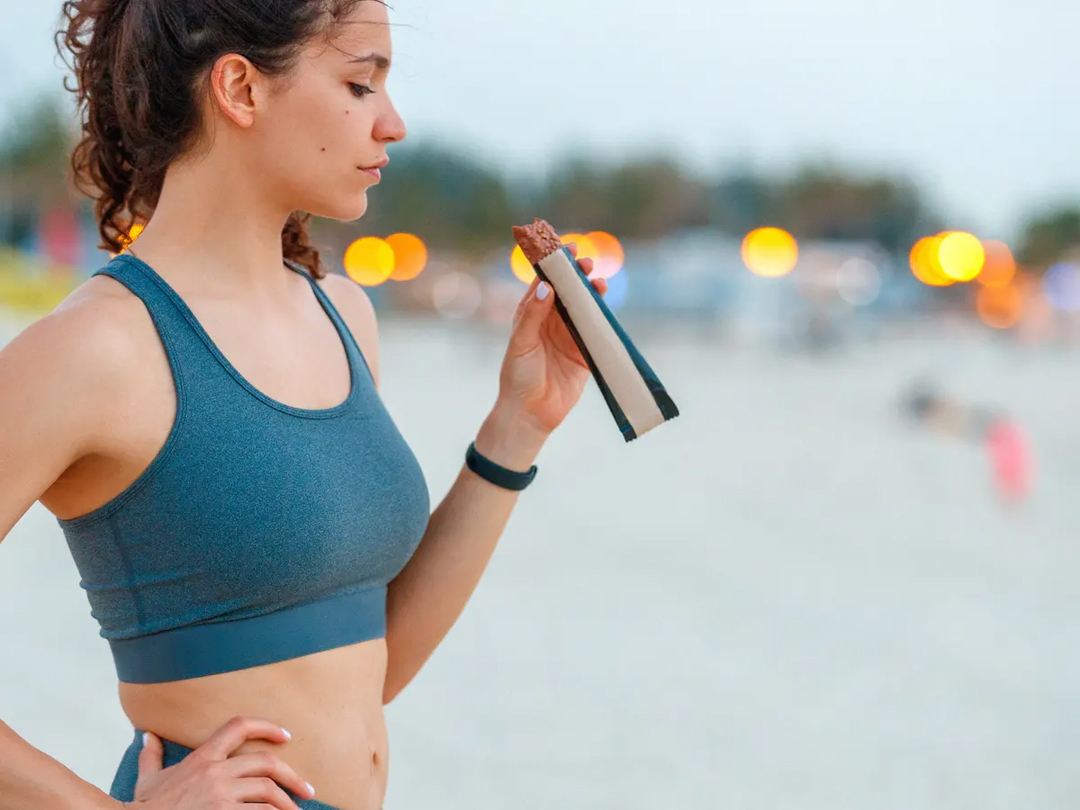It’s been estimated that 3 out of every 4 women wear an ill-fitting bra. Further more, according to Professor & a co-author Julie Steele, director of Breast Research Australia (BRA) at the University of Wollongong, more than half of all women risk health complications by failing to wear proper sports bras when they exercise. She continued to add that, sports bras can alleviate breast discomfort and reduce the risk of neck and shoulder injuries and even damage to nerves.
Why use a Sports Bra?
Your chest includes suspensory ligaments known as Cooper’s ligaments. These ligaments hold breasts up and give them their shape and size. Once they are stretched, Cooper’s ligaments do not recoil to their original position. Sports bras protect the anatomy of a breast by reducing stretching and stress on the breast tissue. Wearing a regular bra reduces movement by 38%, but donning a sports bra cuts it by a whopping 78%, according to a Shock Absorber study.
Almost 88 per cent of the women feel self-conscious about their breasts bouncing while exercising.
Points To Consider
- Cup Size: The cup fabric should be smooth. Wrinkles or puckers indicate the cup is too big. To make sure you have the right size, raise your hands over your head. If the elastic band moves up your rib cage, you need a smaller band or the straps may need to be adjusted. For an A or B cup, a crop top might be fine, but larger breasts need a bra with more support. For women DD and up, a sports bra under a well-fitted crop top, with a strong, wide band, wide straps, good compressive material and a round neck, so the whole breast is covered, is often the solution.
- Choosing a Sports Bra That FitsLevel of Support Desired: Different bras offer different levels of support and will vary to ones level of activity. Low-impact sports bras, used for stretching, yoga orwalking, are often cut like a crop-top and are, on the whole, made from thinner material. High-impact bras (for running) generally use less stretchy material, include supportive seams and overlays and are sometimes even under-wired. Running causes a large amount of breast movement compared with many other sports.
- Type of Bra: There are two types of sports bra on the market – crop tops and encapsulating bras. For younger or smaller-breasted women, crop tops having no cups are suitable as they compress breasts together against the chest. Encapsulating bras, which have large, separate cups, wide padded straps and a wide strong band, are better for larger-breasted and older women, and those doing high-energy exercise. Some larger-breasted women might even need to wear both an encapsulating bra and a crop top to get enough support. An underwire provides extra support and shape to any bra.
- Fitting: It should fit slightly tighter than a regular bra, but not so tight that you can’t comfortably take a deep breath with the bra fastened on the middle hook. The back band should be at the same level all the way round. If it rides up, then it’s too big.
- Comfort: If the bra feels like it’s digging or cutting into your skin, try a larger size.
- Time to Change: Most sports bra call for replacement after 30-40 washes. The technical fabric of your sports bra will wear in the washing cycle, and its elasticity will diminish during use. Wash bras in lingerie bags – this will help prevent the fabric from becoming weak and less supportive. Try not to tumble dry your bra either: the heat will destroy the fabric on your bra and reduce its life.
Without doubt, finding the right bra can be a challenge.
Futuristic sports bra could detect early signs of breast cancer
Devised by Dr. Elias Siores of the UK’s University of Bolton in 2007, the bra has been tested for sensitivity and accuracy in three clinical trials involving 650 subjects—and is inching its way toward being a marketable product. According to the company, First Warning Systems, a final clinical trial is being planned. But so far, so good: studies have shown it can indicate cancer up to six years before a tumor can be detected by imaging, reports MedCityNews.com.
